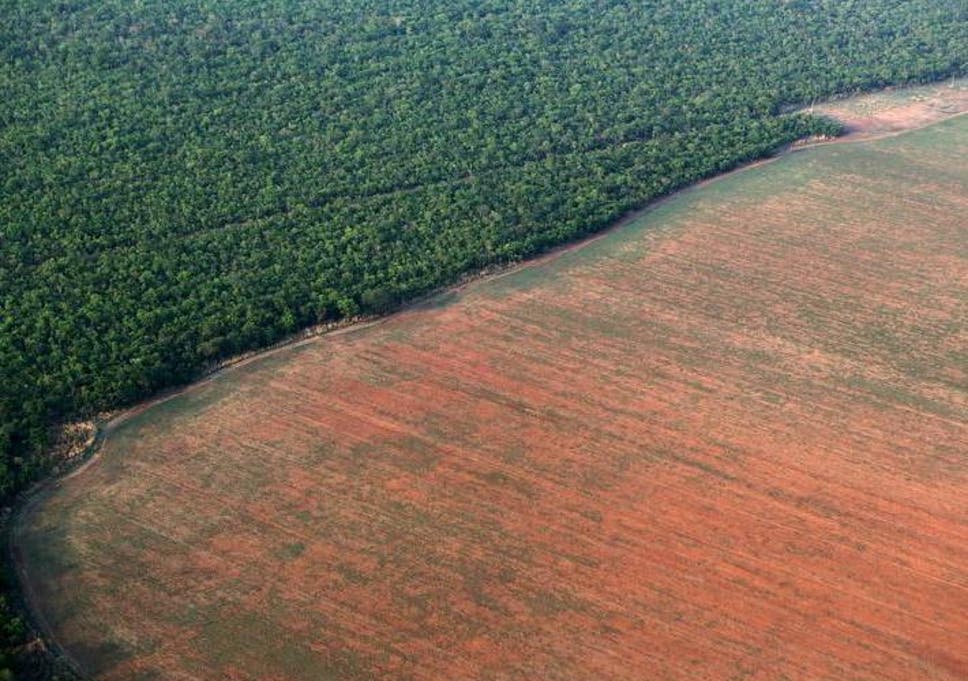Hypothesis: I think that The banana and the bread will rot first and the paper and styrofoam will rot last
Materials:
Materials:
- styrofoam cup
- banana
- bread
- paper
- test tubes
Steps:
- put everything in the test tubes
- wait 3 weeks look at the results
- wait 5 weeks look at the results
- wait 7 weeks look at the results
- wait 9 weeks look at the results
- wait 11 weeks look at the results
Image:
Findings:
TODAY
|
Colour
|
Change
|
Observations
|
Banana
| |||
Paper
| |||
Styrophone cup
| |||
Bread
|
3 weeks
|
Colour
|
Change
|
Observations
|
Banana
| |||
Paper
| |||
Styrophone cup
| |||
Bread
|
5 weeks
|
Colour
|
Change
|
Observations
|
Banana
| |||
Paper
| |||
Styrophone cup
| |||
Bread
|
Images:
Conclusion:

